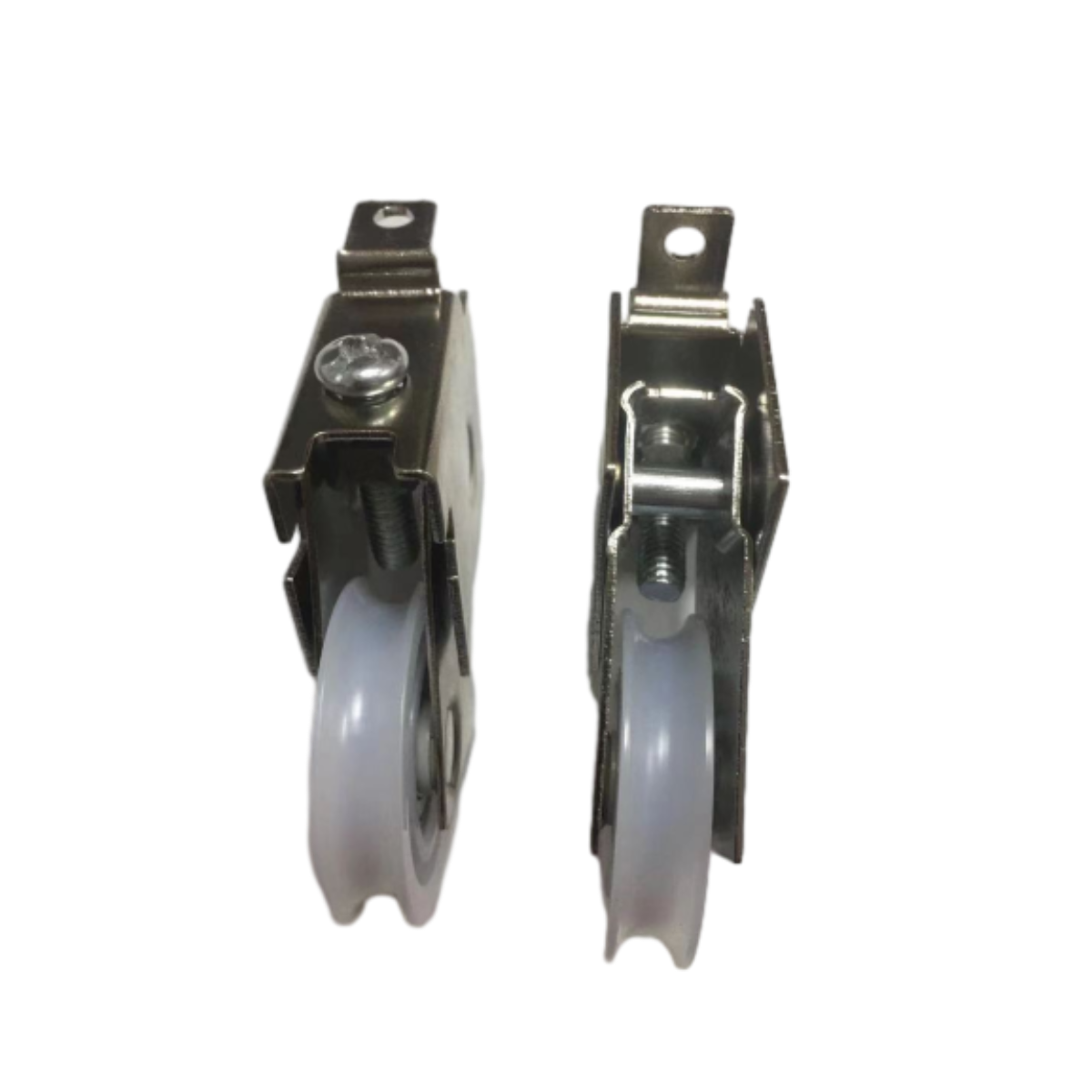iron casting patterns
Understanding Iron Casting Patterns A Comprehensive Overview
Iron casting is a crucial process in the manufacturing industry, allowing for the production of complex metal shapes with relative ease. Central to the casting process is the use of patterns, which serve as molds for creating the desired components. This article explores the role of iron casting patterns, their types, materials, and significance in the foundry industry.
What Are Iron Casting Patterns?
Casting patterns are objects used to create a mold in which molten metal is poured. These patterns can be made from various materials, including metal, wood, and plastic, and are designed to withstand the casting process, maintaining their shape and integrity. The main function of a pattern in iron casting is to provide an exact replica of the final product, allowing for high-dimensional accuracy in the cast components.
Types of Casting Patterns
There are several types of casting patterns, and each has its advantages and applications in the iron casting process
1. Solid Patterns A solid pattern is a single piece that forms the entire shape of the desired casting. They are easy to use and suitable for producing simple shapes.
2. Split Patterns These consist of two or more pieces that fit together to create the desired shape. Split patterns are particularly useful for intricate designs, allowing easier removal from the mold.
4. Match Plate Patterns A match plate pattern consists of two halves mounted on a plate, which simplifies the molding process. This type of pattern is efficient for mass production, as it allows for quicker mold-making.
5. Core Patterns Used in conjunction with core molds, core patterns are designed to create voids in the casting. This is crucial for producing components with internal features, such as ducts or chambers.
iron casting patterns

Materials Used for Patterns
The choice of material for casting patterns depends on several factors, including production volume, complexity of the casting, and desired surface finish. Common materials include
- Wood Traditional and easy to work with, wooden patterns are lightweight and inexpensive, making them suitable for low-volume production runs.
- Metal Metal patterns offer durability and dimensional stability, making them ideal for high-volume production and heavy castings.
- Plastic Increasingly popular due to their excellent finish and resistance to wear, plastic patterns are often used in industries requiring high precision.
Importance of Accuracy
The accuracy of the pattern significantly impacts the quality of the final casting. Any deviations or imperfections in the pattern will result in corresponding flaws in the casting. Therefore, foundry engineers pay meticulous attention to the design and manufacturing of patterns, ensuring they meet stringent tolerances.
The Casting Process
Once the pattern is prepared, the casting process begins. The pattern is placed in a mold box, and a molding material (often sand mixed with binders) is packed around it. After removing the pattern, the cavity left behind becomes the mold. Molten iron is then poured into the mold, filling the cavity to create the final shape. After cooling and solidifying, the mold is broken to reveal the cast iron component.
Conclusion
Iron casting patterns play a critical role in the manufacturing of metal components. Their design and materials directly influence the efficiency of the casting process and the quality of the final product. Understanding the types of patterns, their construction, and their impact on the casting process is essential for any professional in the foundry industry. As technology advances, the development of new materials and techniques for pattern creation continues to enhance the capabilities of iron casting, meeting the demands of modern manufacturing. Through the careful selection and design of casting patterns, industries can ensure precision and quality in their iron cast products, paving the way for innovation and growth in various applications.
-
Wrought Iron Components: Timeless Elegance and Structural StrengthNewsJul.28,2025
-
Window Hardware Essentials: Rollers, Handles, and Locking SolutionsNewsJul.28,2025
-
Small Agricultural Processing Machines: Corn Threshers, Cassava Chippers, Grain Peelers & Chaff CuttersNewsJul.28,2025
-
Sliding Rollers: Smooth, Silent, and Built to LastNewsJul.28,2025
-
Cast Iron Stoves: Timeless Heating with Modern EfficiencyNewsJul.28,2025
-
Cast Iron Pipe and Fitting: Durable, Fire-Resistant Solutions for Plumbing and DrainageNewsJul.28,2025
-
 Wrought Iron Components: Timeless Elegance and Structural StrengthJul-28-2025Wrought Iron Components: Timeless Elegance and Structural Strength
Wrought Iron Components: Timeless Elegance and Structural StrengthJul-28-2025Wrought Iron Components: Timeless Elegance and Structural Strength -
 Window Hardware Essentials: Rollers, Handles, and Locking SolutionsJul-28-2025Window Hardware Essentials: Rollers, Handles, and Locking Solutions
Window Hardware Essentials: Rollers, Handles, and Locking SolutionsJul-28-2025Window Hardware Essentials: Rollers, Handles, and Locking Solutions -
 Small Agricultural Processing Machines: Corn Threshers, Cassava Chippers, Grain Peelers & Chaff CuttersJul-28-2025Small Agricultural Processing Machines: Corn Threshers, Cassava Chippers, Grain Peelers & Chaff Cutters
Small Agricultural Processing Machines: Corn Threshers, Cassava Chippers, Grain Peelers & Chaff CuttersJul-28-2025Small Agricultural Processing Machines: Corn Threshers, Cassava Chippers, Grain Peelers & Chaff Cutters












